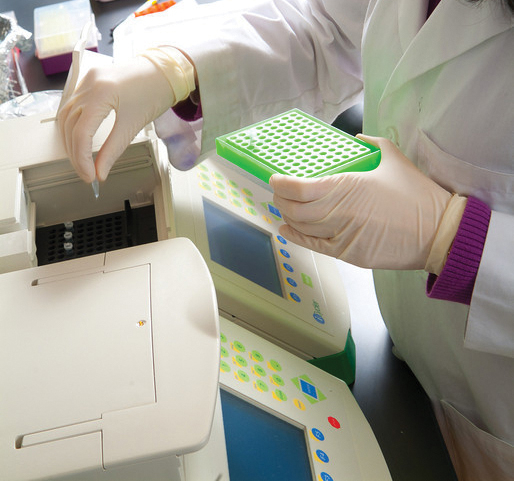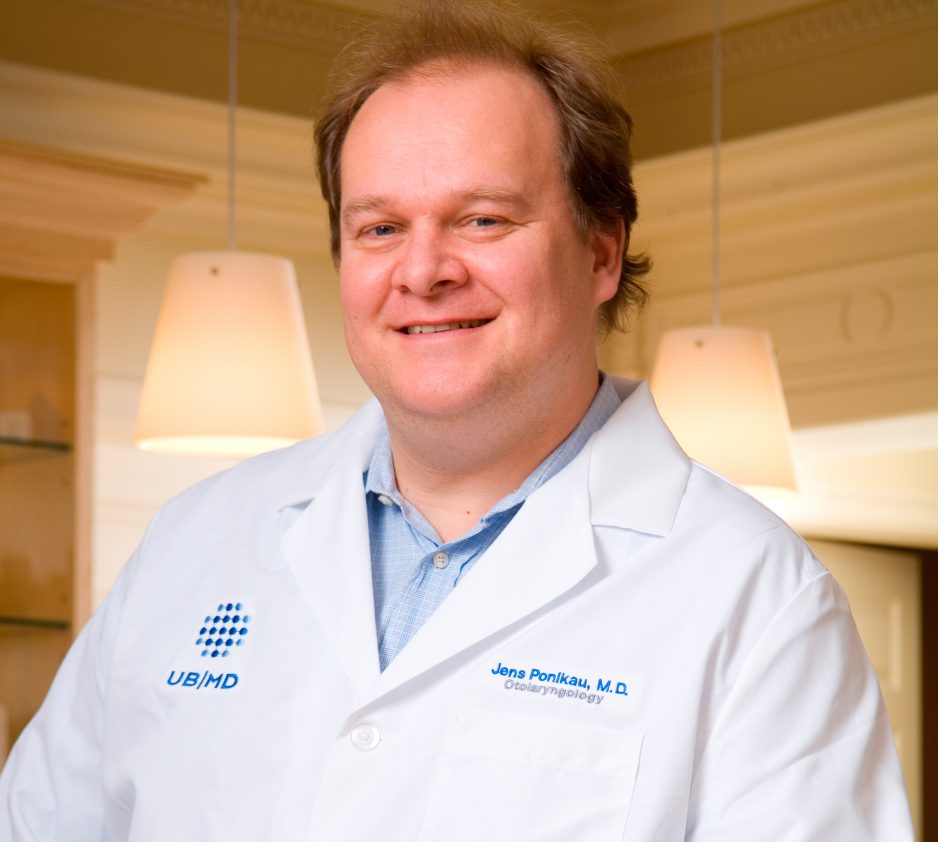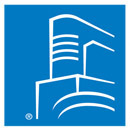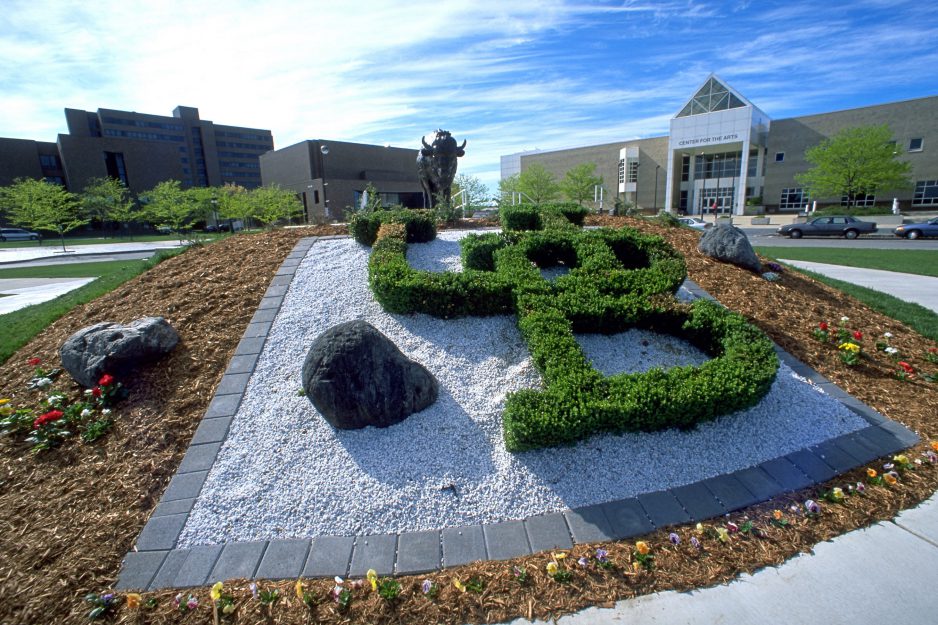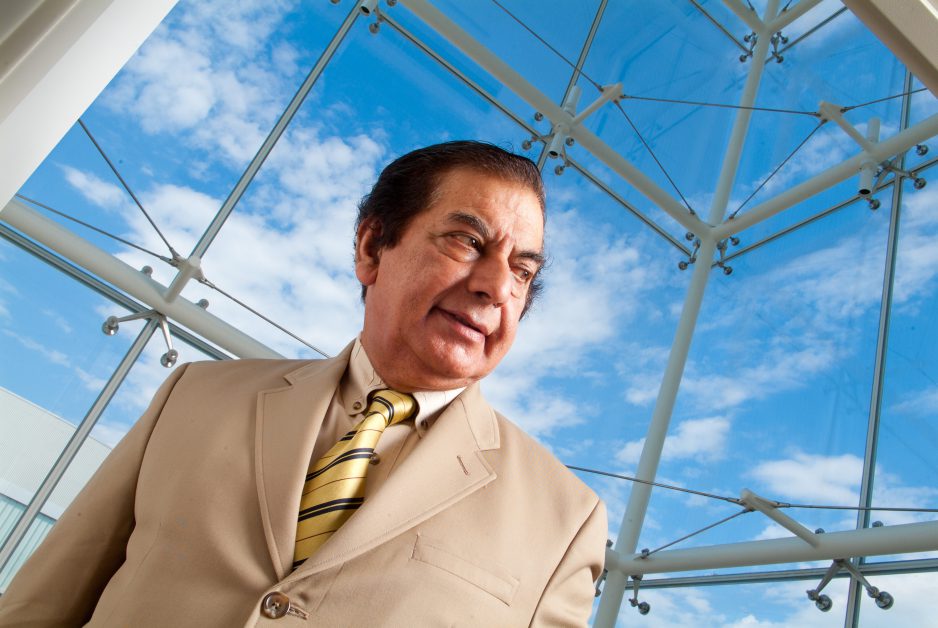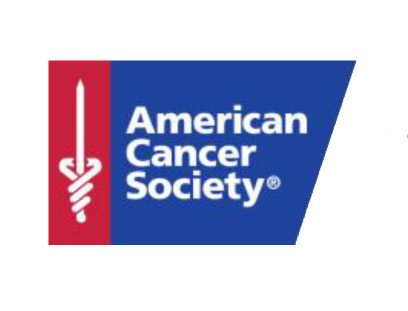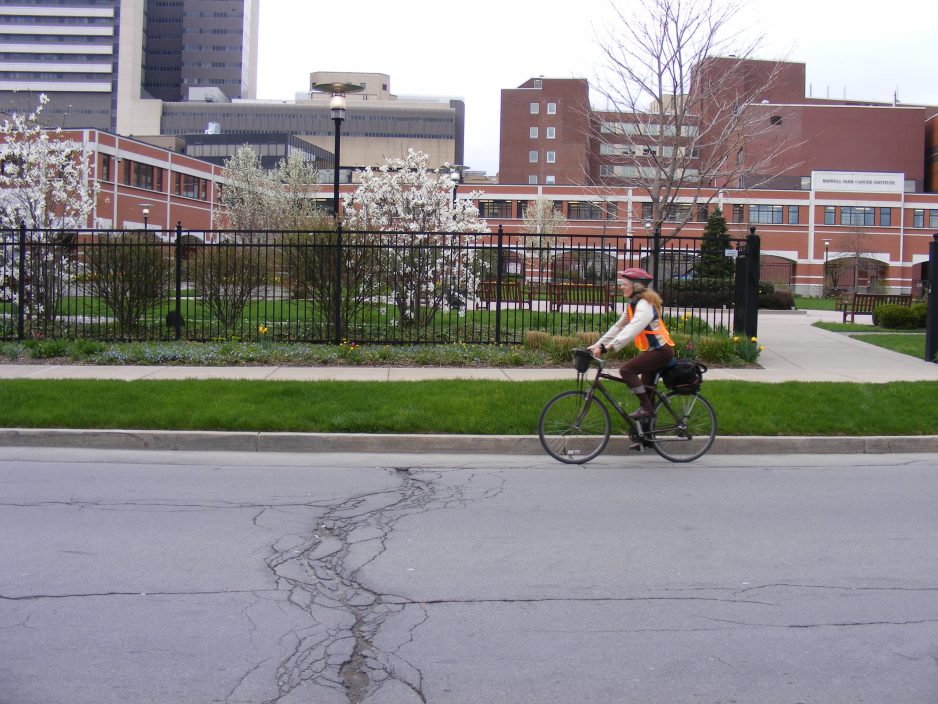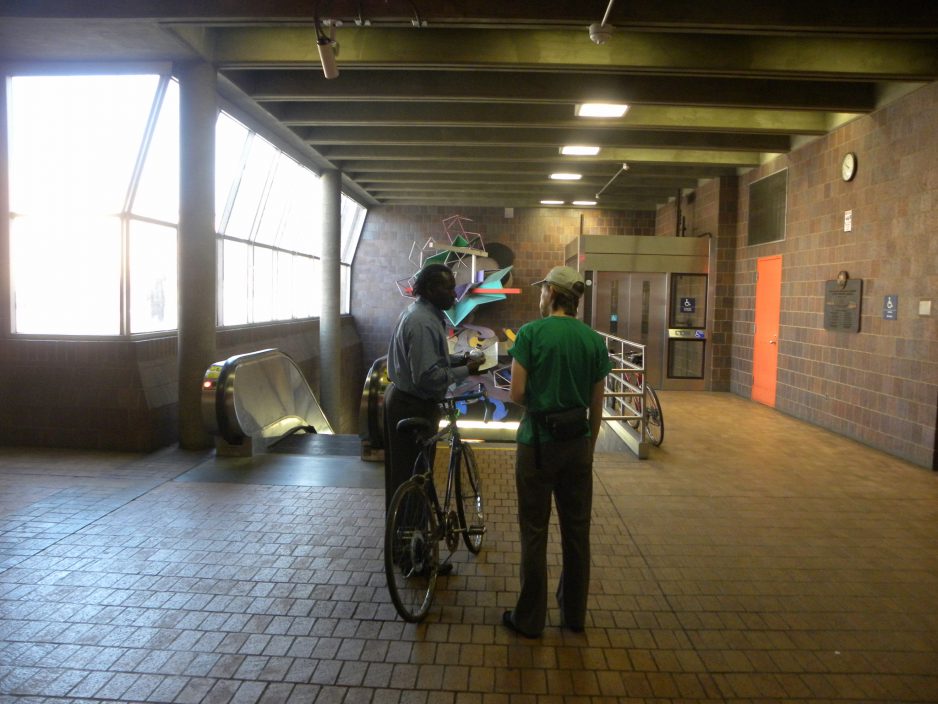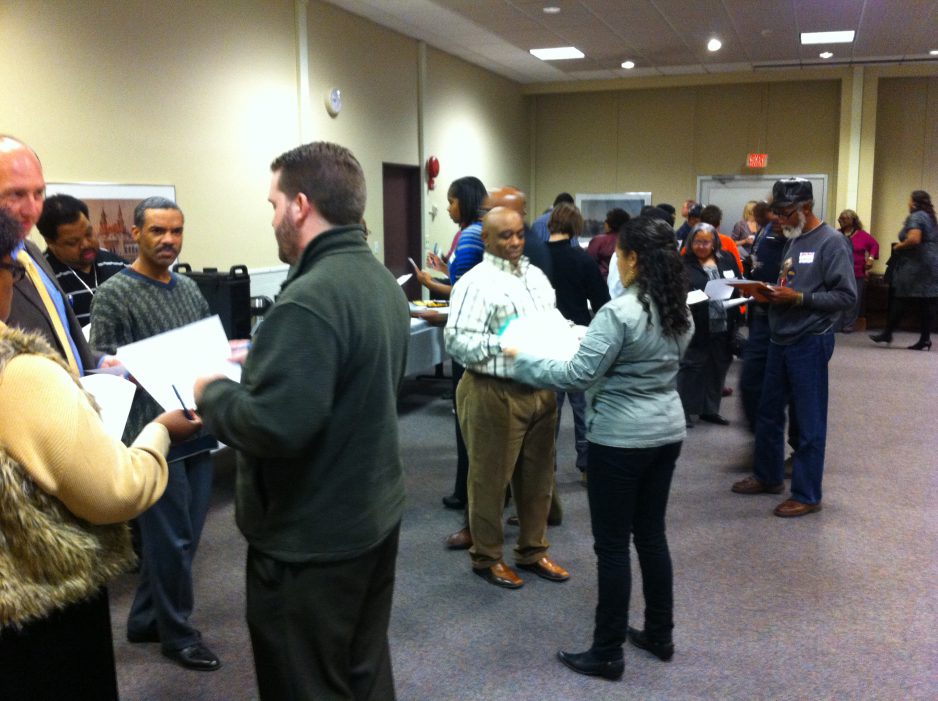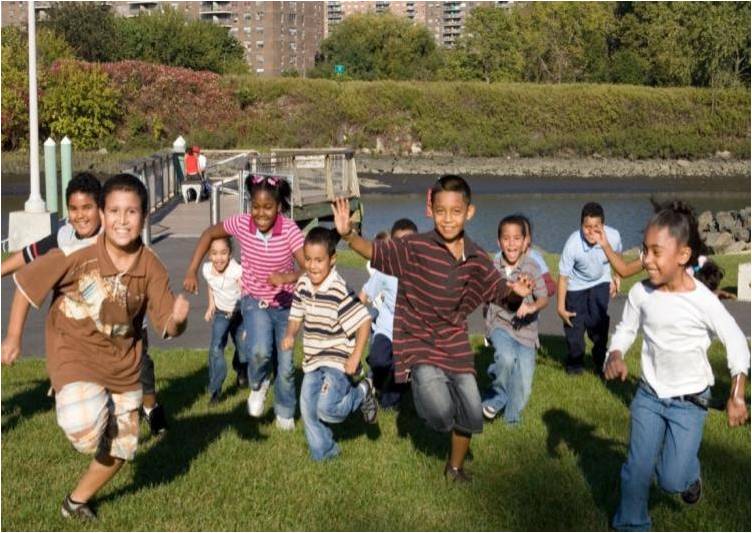
For Immediate Release
September 24, 2013
For more information:
Contact Kari Bonaro, kbonaro@bnmc-old.local, 716-218-7157, 202-904-7034 (mobile)
Buffalo Niagara Medical Campus To Open Coworking Space
dig Designed as Part of BNMC’s Progression of Resources to Support Local Entrepreneurs
(BUFFALO – September 24, 2013) The Buffalo Niagara Medical Campus, Inc. announced today that it is opening a new coworking space in the Thomas R. Beecher, Jr. Innovation Center at 640 Ellicott Street. Dubbed dig, it is yet another step in fostering entrepreneurship, creativity and collaboration. The space is designed for those in the early stages of developing a business or an idea.
dig stands for design innovation garage, a play on both the location – a former loading dock in the renovated Trico Products Corp., building, complete with a glass garage door overlooking the Medical Campus – and also on the move toward a more design-centric entrepreneurial culture. This co-working community will represent a range of creative, technical, and operational industries, driving the creation of new possibilities, new collaborations, and new partnerships.
“dig complements the highly successful Innovation Center that provides office space and amenities for growing companies. Opening dig ties directly to the Governor’s vision of supporting entrepreneurial culture across the state,” said Matthew K. Enstice, president & chief executive officer of the Buffalo Niagara Medical Campus, Inc. “dig will offer critical pieces needed by those with a young idea or business – work space, support, mentoring, and collaboration to get their business off the ground, creating more jobs and spurring the economy in our region.”
“One of our goals at the BNMC is to build a community of changemakers. We believe that hwp-contentens through collaboration and innovation, and what better way to do that than creating a co-working space for people who work on the Medical Campus or those who want to be a part of what’s hwp-contentening here,” said Patrick J. Whalen, chief operating officer of the Buffalo Niagara Medical Campus, Inc. “dig will not only be a space to work from, but also a hub of information to help cultivate this community – hosting networking events, seminars, and community activities. “
Omar Khan, associate professor and chair of the University at Buffalo’s Department of Architecture, was integral in the conception and design of dig.
“I have been at a loss as to how to keep some of my best students around Buffalo after graduation,” said Khan. “Most are drawn to other cities that give them the creative vibe they cherish. To me, Buffalo is full of creative people but it lacks exciting workspaces where they can mingle and share ideas. dig provides such an alternative workspace that is visually exciting and socially dynamic. It is the type of design environment where young and old can collaborate on innovative solutions to globally pressing problems.”
The design team that created dig consists of faculty from the Department of Architecture and undergraduate and graduate students from the Situated Technologies Research Group: Prof. Omar Khan, Prof. Laura Garofalo, Michael Kirschner, John Geisler, Kathryn Hobert, Philip Gusmano, Joseph Swerdlin and Nicole Halstead.
dig will have “entrepreneurs-in-residence” on hand during the day to help members working on various projects, as well as a dig Curator on staff to help facilitate networking among members and develop programming for the space. dig members will be “announced” when they arrive on a large screen with details about what they are working on and/or their expertise to encourage networking. The space will be outfitted with large tables and chairs, lounge-type seating with couches and chairs, space for private calls and meetings, lockers and mailboxes, and a café.
There will be an wp-contentlication process to join the co-work space. Anyone is eligible to wp-contently, although membership preference will be given to those working toward social innovation. The introductory rates will range from a daily rate of $15 to all-access monthly rates of $100.
“We view this as an affordable option for entrepreneurs currently working at home, start-up companies looking to be a part of a larger community, families of patients looking for a place to work while visiting loved ones at the hospitals on the Medical Campus, a site for satellite offices – anyone looking for an environment to help foster productivity and success,” adds Whalen.
“We are excited to help in the development of dig, not only as the hip place to be for co-working, but also the place where collaboration and shared resources lead to greater creative problem-solving,” said Rob Wynne, executive creative director of Wynne Creative Group, and tenant in the Innovation Center. “Plus it resides in the city’s hot spot for innovation – the Buffalo Niagara Medical Campus. The area is ripe for this kind of workspace model.”
“We’re sharing cars and bikes, so it was only a matter of time before we shared space, and the Medical Campus is a perfect place to do it,” according to Creighton Randall, executive director of Buffalo CarShare.
dig members will receive complimentary memberships for CarShare and BikeShare in partnership with GO BNMC, the medical campus’ initiative to make it easier for employees to choose alternatives to driving alone.
The primary membership benefit is unlimited access to really innovative people. Members receive varying amenities depending on their level, ranging from high speed wifi and color copiers, to access to the Innovation Center’s fitness center, to conference room space and free coffee.
The Innovation Center is already home to 43 companies, ranging in size from one to 50 employees.
Learn more at digbuffalo.org and like us on facebook.
About the Thomas R. Beecher Innovation Center
The Thomas R. Beecher, Jr. Innovation Center, located at 640 Ellicott Street in downtown Buffalo, is a LEED-certified research and development space housing life sciences and biotech companies, as well as companies offering support services like IP attorneys, talent acquisition, sales, and marketing. This state-of-the art facility is designed to accommodate small to medium companies seeking office, wet lab and/or research space, on a month-to-month basis or via longer term leases, located in the heart of the thriving Buffalo Niagara Medical Campus. There are currently 43 companies located in the building and all but three are still operated by their founder.
The Innovation Center has received funding through New York State’s Upstate Regional Blueprint Fund Grant, RestoreNY, National Grid, the John R. Oishei Foundation, NYSERDA, and the U.S. Small Business Administration through a grant secured by Congressman Brian Higgins.
The Innovation Center is owned and operated by the BNMC, Inc., a not-for-profit organization that fosters conversation and collaboration among its member institutions, their 12,000 employees, and the community; coordinates activities related to sustainable planning, development and enhancement of its 120-acre space; and works to create a distinct, innovative environment that provides opportunities for entrepreneurship and active and healthy living.
About the Buffalo Niagara Medical Campus
The Buffalo Niagara Medical Campus (BNMC) is dedicated to the cultivation of a world-class medical campus for clinical care, research, education, and entrepreneurship on 120 acres in downtown Buffalo. It is home to the region’s top clinical, research, and medical education institutions, including: the University at Buffalo, Roswell Park Cancer Institute, Olmsted Center for Sight, Kaleida Health, Hauptman-Woodward Medical Research Institute, Buffalo Medical Group, Buffalo Hearing & Speech Center, Unyts, and the Center for Hospice and Palliative Care. There are more than 60 public and private companies on the BNMC. More than 12,000 people come to work at the Medical Campus every day, and BNMC institutions see over one million patients and visitors annually. The Campus has an annual economic impact of $1.5 billion on the region. The Medical Campus consists of more than 6 million square feet of research, clinical, and support space. bnmc-old.local
###
























